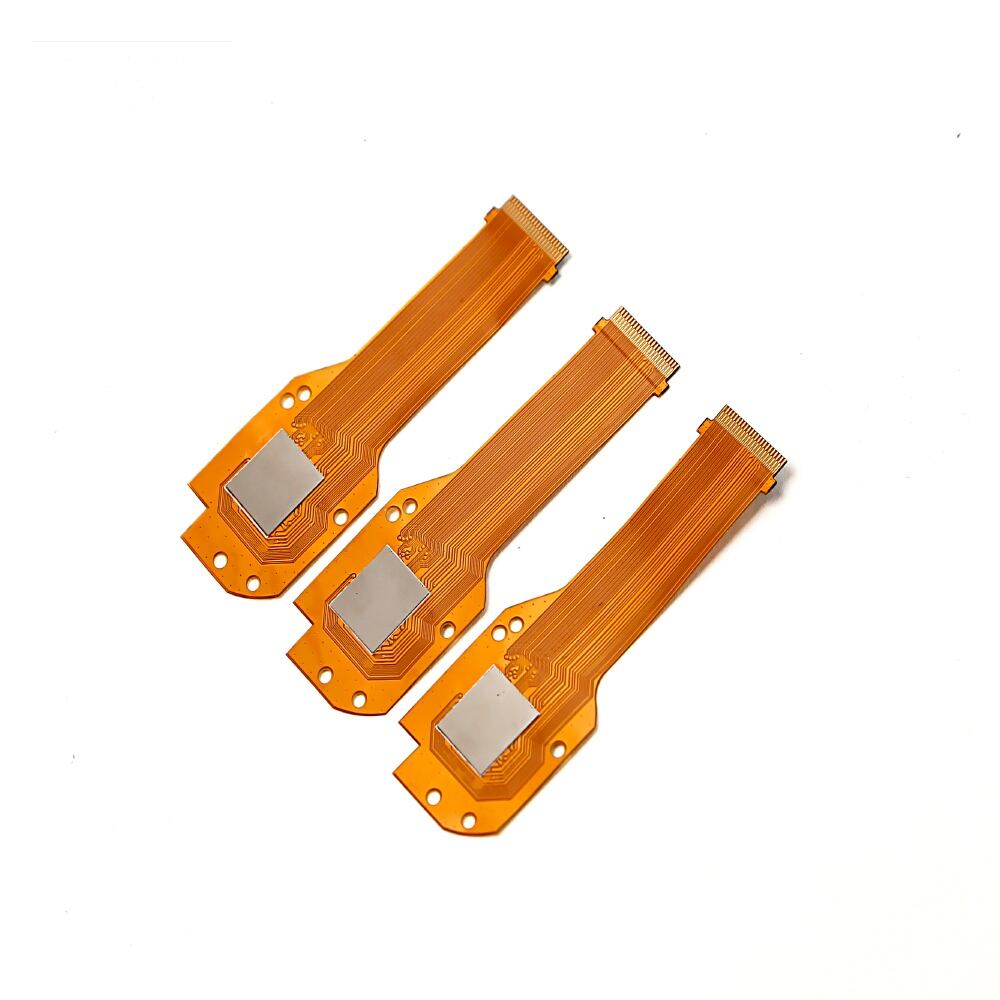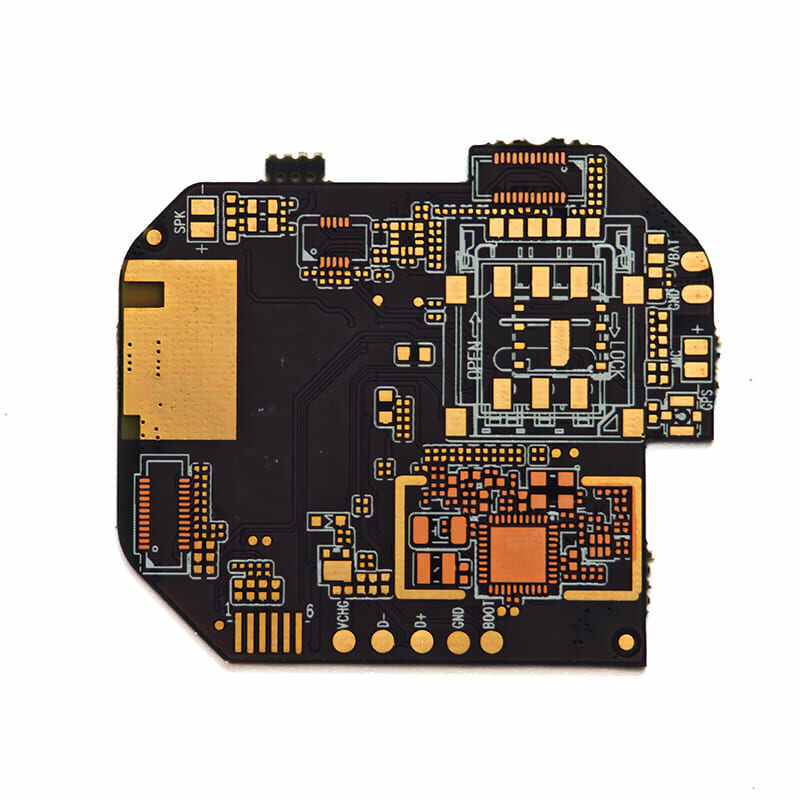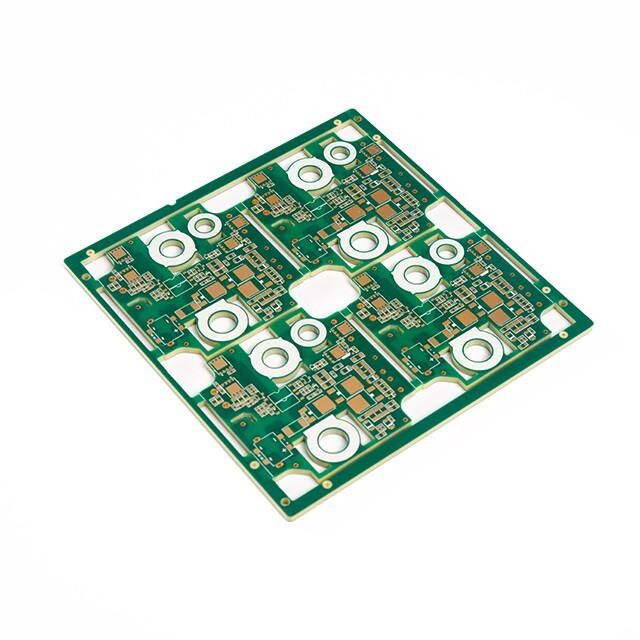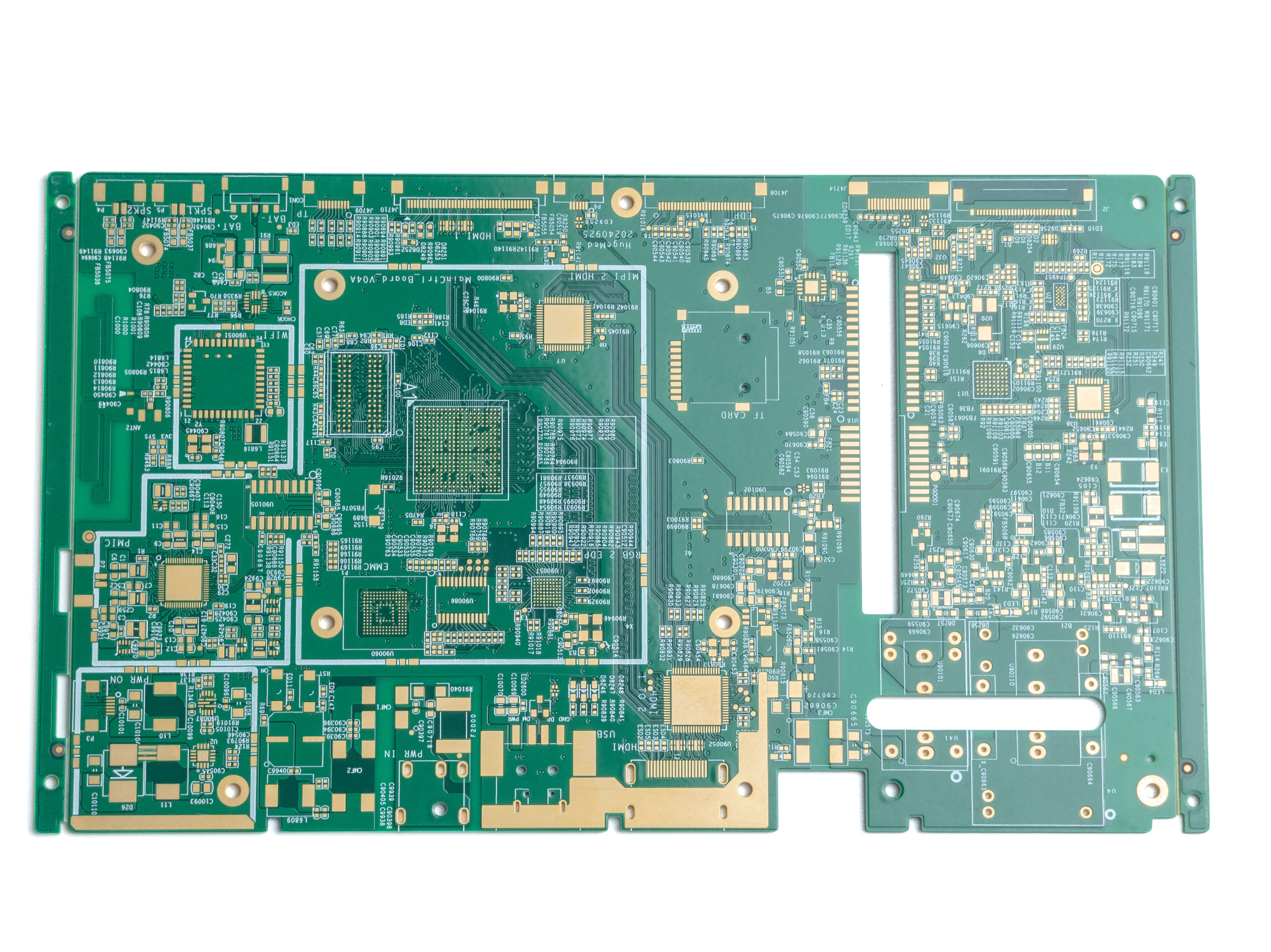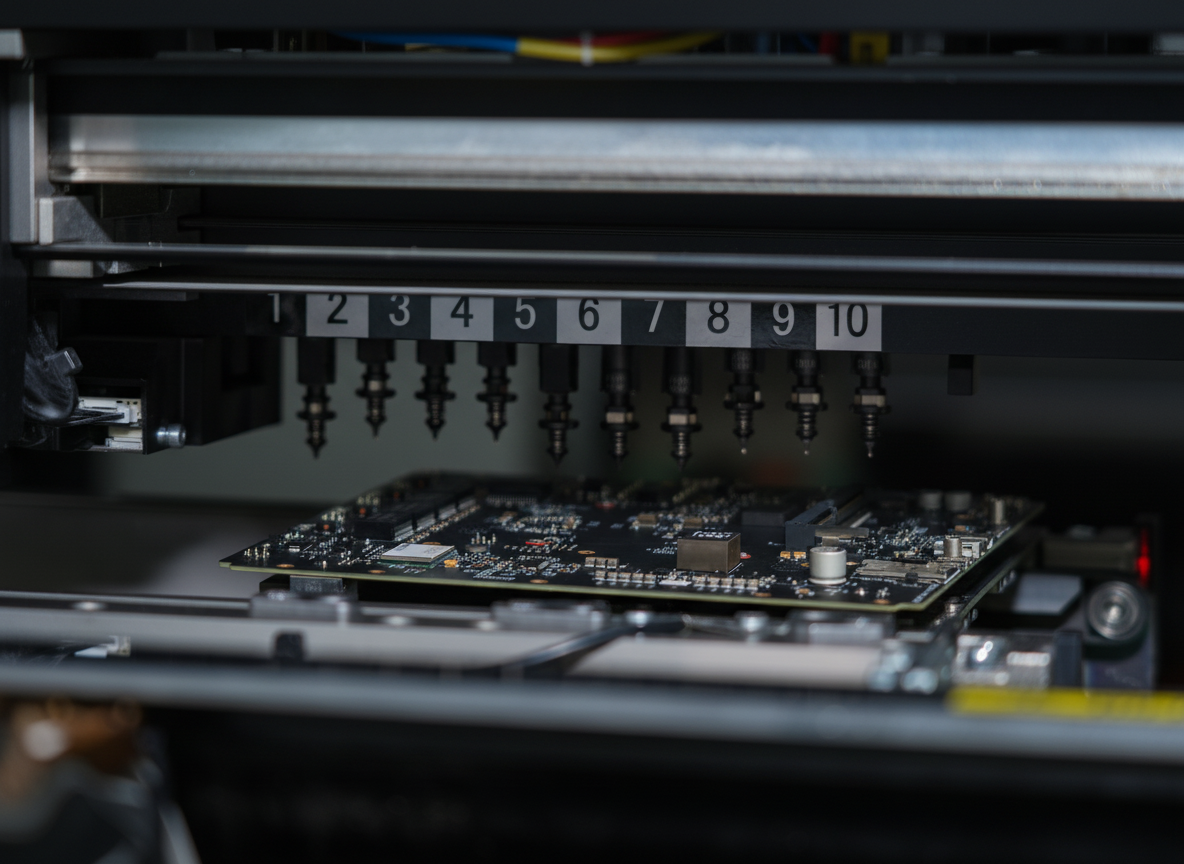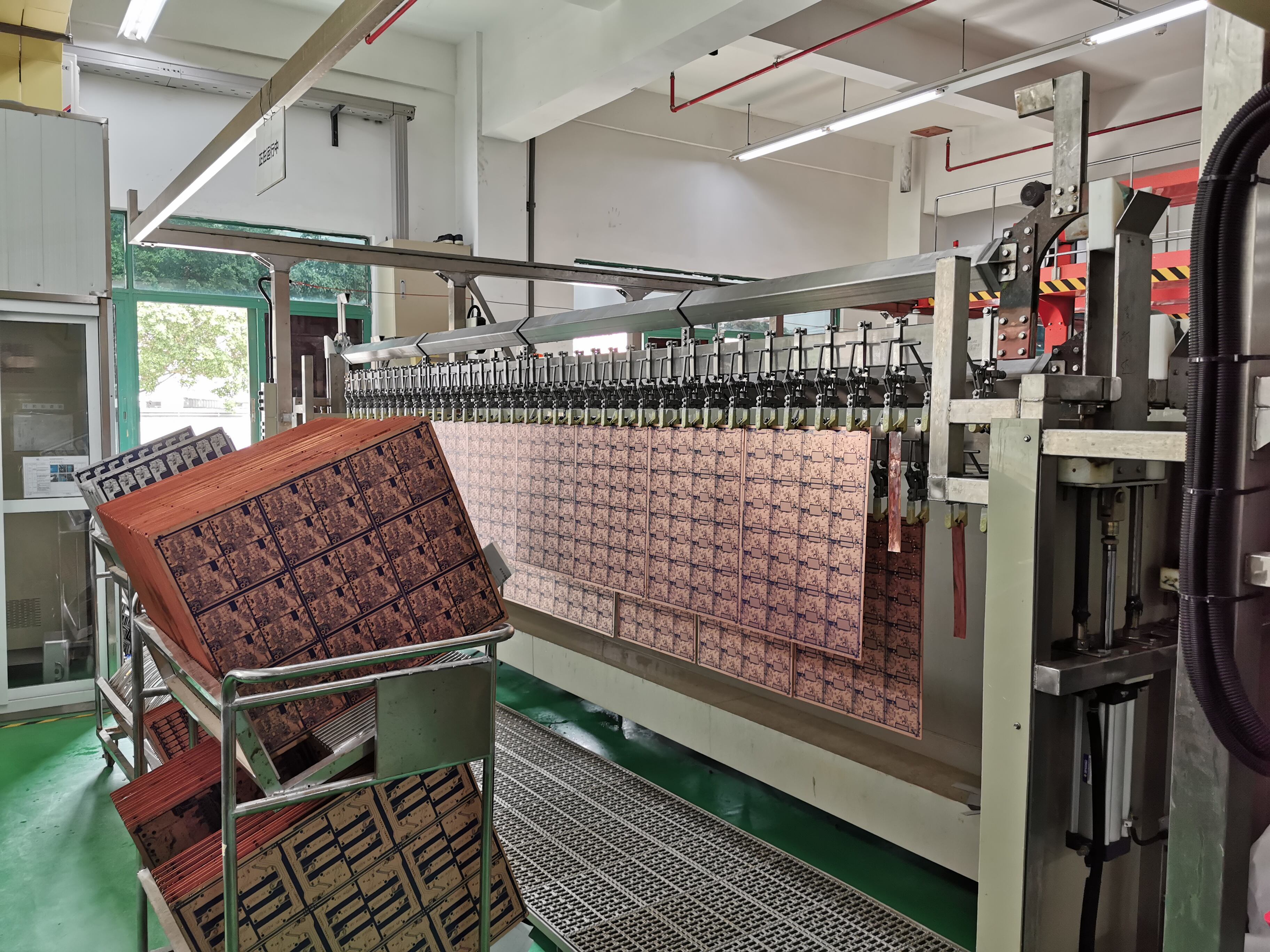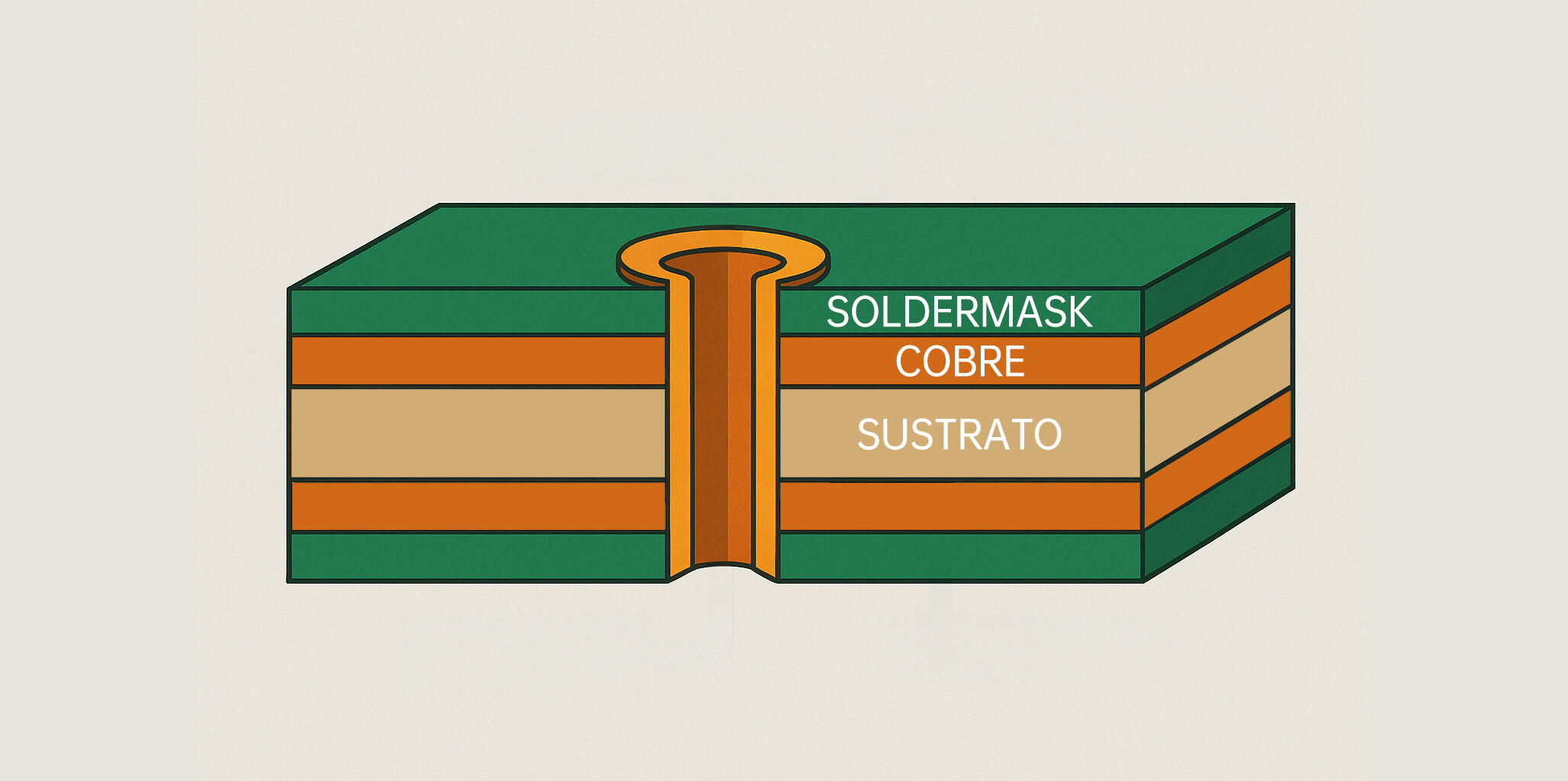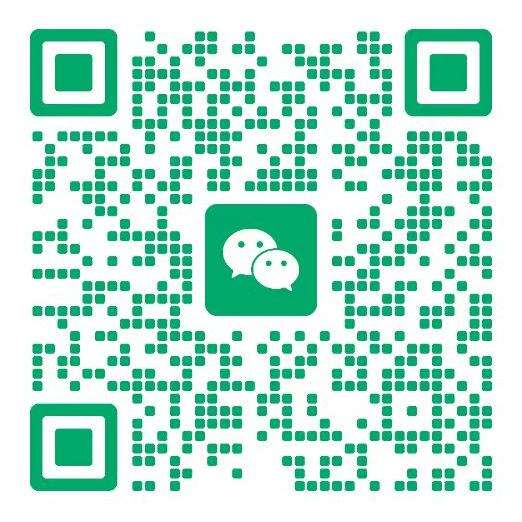what is pcb and its components
A Printed Circuit Board (PCB) is a fundamental component in modern electronics, serving as the backbone that mechanically supports and electrically connects electronic components using conductive tracks, pads, and other features etched from one or more sheet layers of copper laminated onto or between non-conductive substrate layers. PCBs consist of several essential components including the substrate (typically made of FR-4 fiberglass), copper layers, solder mask, silkscreen, and various types of components such as resistors, capacitors, inductors, and integrated circuits. The board can be single-sided, double-sided, or multi-layered, depending on the complexity of the circuit design. Modern PCBs incorporate sophisticated features like through-holes, vias, and surface mount technology (SMT) pads that enable complex electronic connections. The manufacturing process involves several stages including design, fabrication, assembly, and testing, each crucial for ensuring the final product's reliability and functionality. PCBs are fundamental to nearly all electronic devices, from simple calculators to complex aerospace systems, making them an indispensable element in the electronics industry.

